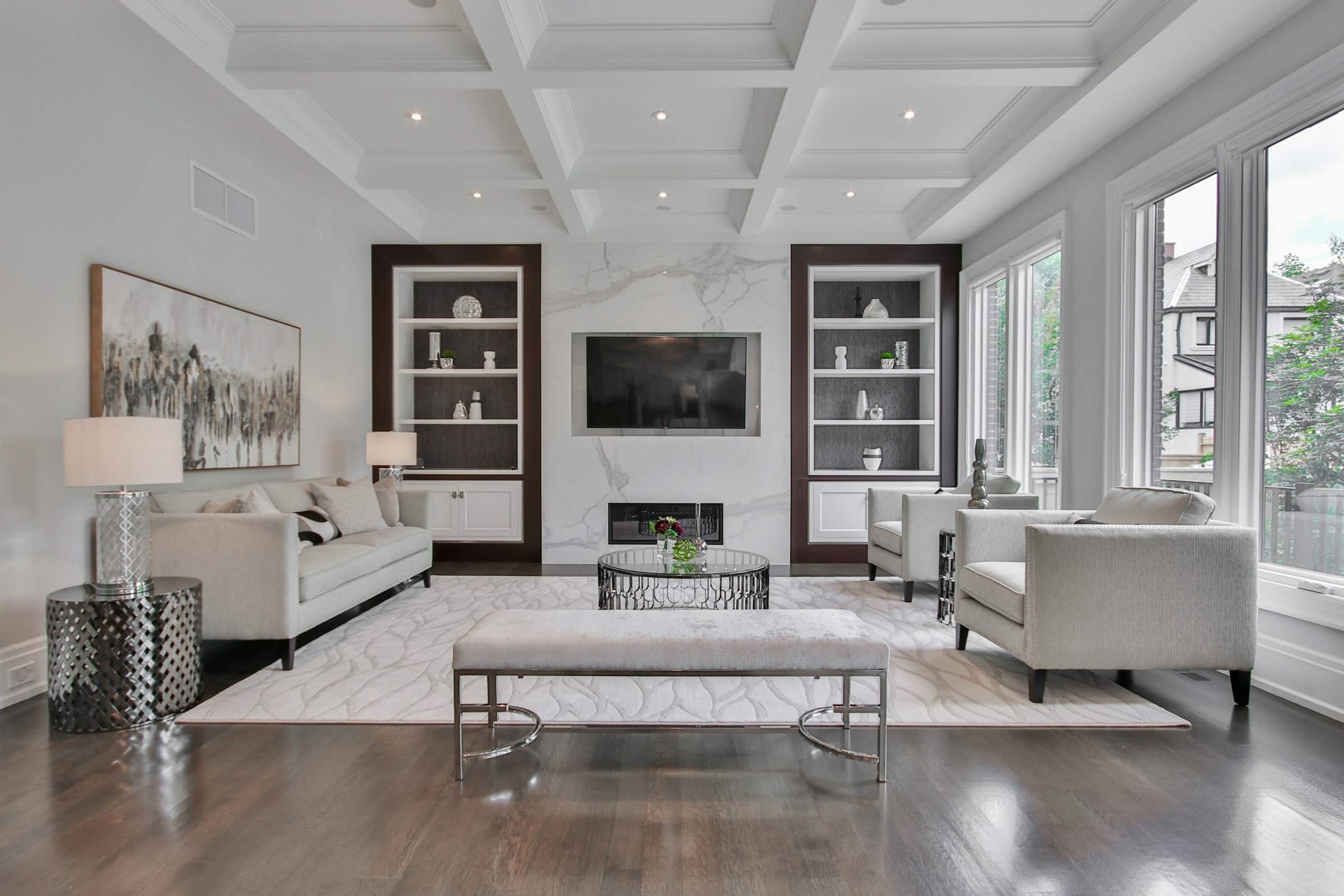Every one of us is becoming increasingly aware of the urgency to adopt an eco-friendly lifestyle. The concept of sustainability is not confined to merely recycling or reducing energy consumption. It is also making its way into the realms of interior design and furniture. By opting for sustainable furniture, we are not only helping to make our environment better, but also transforming our living spaces into eco-friendly havens.
Why Sustainability Matters in Interior Design
Sustainability has become a significant aspect in interior design and for good reason. It is about creating spaces that are healthier and more comfortable for you, while also reducing the impact on the environment. Sustainable interior design goes beyond the aesthetic aspect. It involves the careful selection of materials, the way they are manufactured, their lifespan, and eventually, their disposal.
Additional reading : What Are the Creative Uses for Under-Stair Storage in a Two-Story Home?
All these factors contribute to the environmental footprint of the product. The goal is to reduce this footprint as much as possible. This can be achieved by choosing furniture and decor pieces that are made from recycled and natural materials. For instance, wood is a renewable resource, and when managed responsibly, it can be an excellent material for sustainable furniture.
Embracing Upcycling in your Living Room Design
Upcycling is a creative and effective way to minimize environmental impact and create unique, personalized pieces of furniture and decor. It is all about taking waste materials or products that are no longer in use and transforming them into something new and functional.
This might interest you : What’s the Ideal Organization System for a Small Home Library with a Diverse Collection?
You can repurpose old, discarded furniture or materials that might otherwise end up in landfills, and give them a new lease of life. For example, an old wooden ladder can be turned into a stylish bookshelf, or a worn-out door can be transformed into a coffee table. This process not only helps in reducing waste, but also adds a unique and personal touch to your living space.
Eco-Friendly Materials for your Sustainable Living Room
When it comes to choosing materials for your sustainable furniture, it is not just about the type of material, but also about its source and the way it is processed. In order to be considered sustainable, the material should come from a source that is renewable or responsibly managed.
Wood, bamboo, rattan, and cork are among the most popular eco-friendly materials for furniture. They are not only renewable, but also have a low impact on the environment when harvested responsibly. Recycled metal and glass are also great options. They can be recycled indefinitely without losing their quality, which makes them an excellent choice for sustainable furniture.
Energy Efficiency in A Sustainable Interior Design
The concept of sustainability in interior design is not limited to materials and furniture. It also extends to the energy efficiency of the space. This can be achieved through smart design choices, such as the use of energy-efficient lighting, or the placement of furniture and windows to take advantage of natural light.
Additionally, choosing furniture that is versatile and durable can also contribute to energy efficiency. Furniture pieces that can serve multiple purposes or can easily be adapted to different needs can reduce the need for buying new furniture, thus saving energy in production and transportation.
Bringing It All Together: A Sustainable Living Room Design
Designing a sustainable living room involves careful planning and thoughtful choices. It starts with understanding the concept of sustainability and how it applies to interior design.
The next step is to adopt the principle of upcycling. Look for opportunities to reuse or repurpose old furniture and materials, instead of buying new ones. This will not only help in reducing waste, but also in adding a unique and personal touch to your room.
When it comes to choosing materials for your furniture, opt for those that are eco-friendly and responsibly sourced. Wood, bamboo, rattan, cork, recycled metal, and glass are among the most sustainable options.
Finally, consider the energy efficiency of your space. Make smart design choices that maximize natural light and reduce energy consumption. Opt for durable and versatile furniture pieces that can serve multiple purposes and adapt to different needs.
In summary, designing a sustainable living room is both an art and a science. It requires creativity, planning, and a deep understanding of sustainability principles. But the end result is a space that is not only beautiful and comfortable, but also eco-friendly and sustainable.
The Role of Upcycled Furniture in Sustainable Interior Design
The heart of sustainable interior design lies in the careful selection and use of materials. Upcycled furniture plays a crucial role in this regard. It allows you to repurpose and breathe new life into discarded, second hand or outdated items.
The beauty of upcycling furniture lies in its transformative nature. An old, worn-out chair can be reupholstered with eco-friendly materials, or a discarded wooden crate can be refashioned into a rustic side table. Instead of contributing to the growing mass of landfill waste, these pieces are given a second chance and can become eye-catching features in your living room.
Not only does upcycled furniture help reduce environmental impact, it also infuses personality and depth into the space. It opens up a world of creativity and innovation. Each piece carries its own story and uniqueness, making your living room a truly personal and intimate environment. This not only fosters a green connection between you and your living space, but also creates a sense of ownership and responsibility towards maintaining a sustainable lifestyle.
When it comes to upcycling furniture, your options are vast: from reclaimed wood furniture to DIY upcycled home decor. However, if DIY isn’t your forte, there are numerous eco-conscious companies that offer stunning pieces of upcycled furniture. Many of these companies are FSC certified, ensuring their materials are responsibly sourced.
Conclusion: A Green Vision for Your Living Room
In essence, the idea of designing a sustainable living room is rooted in the desire to live in harmony with the environment. This requires a shift in perspective, from seeing old and second-hand items as waste, to viewing them as opportunities for creative reinvention.
Incorporating upcycled furniture into your living room design is a practical and effective way to reduce your environmental footprint. By making thoughtful choices, we can turn our living spaces into eco-friendly havens, without compromising on style and comfort.
Remember, it’s not just about choosing sustainable materials or eco-friendly furniture. It’s about creating a space that reflects your values and commitment towards sustainability. Whether it’s a reclaimed wood coffee table, a recycled metal lamp, or a sofa reupholstered with eco-friendly fabric, every piece contributes to creating an eco-conscious, sustainable living room.
To conclude, designing a sustainable living room is not a task to be undertaken lightly. It demands creativity, planning, and an understanding of sustainability principles. But with every choice, you contribute to a greener planet. And when you finally sit back in your eco-friendly living room, bathed in natural light, you’ll know that you’ve created not just a beautiful space, but a testament to your commitment to living green.











